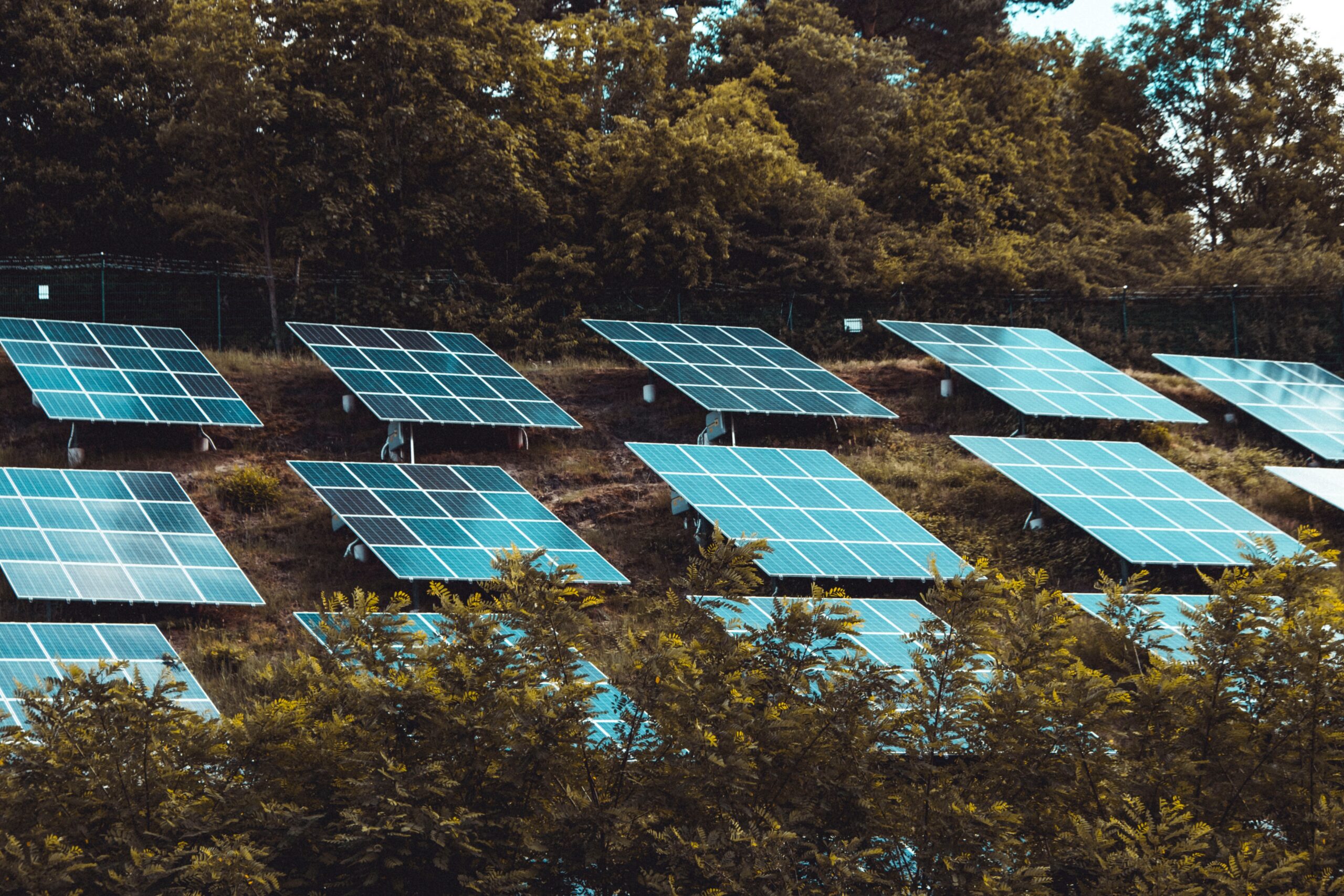Carbon methodology is important because it provides a standard set of parameters, criteria, and operations required for the calculation of emission reductions or removals from a carbon project during its lifetime. This ensures that carbon credits are generated in a consistent and reliable way, and that they can be traded with confidence.

Carbon Avoidance Credits Methodologies
Renewable Energy Projects
Examples include wind farms generating clean electricity instead of relying on fossil fuel-based power plants, solar installations producing energy from the sun, hydroelectric power plants harnessing the energy of flowing water, and biomass facilities utilising organic waste to generate renewable energy.
Energy Efficiency Projects
Examples encompass retrofitting buildings with energy-efficient systems like LED lighting, implementing energy management systems to optimise energy use in industrial processes, upgrading transportation fleets to more fuel-efficient vehicles, and improving insulation and heating systems in residential homes.
Forest Conservation and Afforestation
Examples include protecting endangered forests from deforestation due to logging or agriculture expansion, establishing new forests on previously non-forested land through tree planting initiatives, and implementing sustainable forestry practices that enhance carbon sequestration.
Methane Capture and Utilisation
Examples involve capturing methane emissions from landfill sites and utilising the captured methane for energy generation, implementing anaerobic digestion systems to capture methane from livestock manure and converting it into biogas, and capturing methane from wastewater treatment plants for energy production.
Carbon Capture and Storage (CCS)
Examples encompass capturing CO2 emissions from industrial processes such as cement or steel production and storing the captured CO2 in underground geological formations, repurposing CO2 emissions for enhanced oil recovery, or utilising CO2 in industrial applications like manufacturing chemicals or carbonation processes.
Improved Agricultural Practices
Examples include adopting precision agriculture techniques to optimise fertiliser use and reduce nitrous oxide emissions, implementing sustainable land management practices like agroforestry that sequester carbon in soil and vegetation, and implementing livestock management practices that reduce methane emissions through improved feed quality or waste management.
Waste Management
Examples involve capturing and utilising methane emissions from landfill sites for energy generation or direct use, implementing composting systems to divert organic waste from landfills and reduce methane emissions, and utilising anaerobic digestion to convert organic waste into biogas for energy production.
Carbon Removal Credits Methodologies
Afforestation and Reforestation
These methodologies involve the establishment of new forests (afforestation) or the replanting of forests on previously deforested or degraded land (reforestation). Trees absorb carbon dioxide (CO2) through photosynthesis, effectively removing it from the atmosphere and storing it in biomass and soil.
Soil Carbon Sequestration
This methodology focuses on enhancing carbon storage in agricultural soils. Practices such as regenerative agriculture, cover cropping, agroforestry, and conservation tillage help increase organic matter content in soils, leading to the sequestration of carbon dioxide.
Direct Air Capture (DAC)
DAC technologies directly remove CO2 from ambient air. These technologies typically involve capturing CO2 using chemical sorbents or membranes, then separating and storing the captured CO2 underground or converting it into useful products.
Bioenergy with Carbon Capture and Storage (BECCS)
BECCS combines bioenergy production, such as burning biomass for energy, with carbon capture and storage (CCS) technology. The CO2 emissions produced from burning biomass are captured and stored, resulting in net negative emissions since the biomass absorbs CO2 during growth.
Ocean-based Carbon Removal
Certain techniques aim to enhance the ocean”s natural ability to absorb CO2. Examples include ocean fertilization, where nutrients are added to stimulate phytoplankton growth, which absorbs CO2, and ocean alkalinity enhancement, which involves adding alkaline substances to increase the ocean”s capacity to absorb CO2.
Enhanced Weathering
This methodology involves accelerating natural weathering processes that naturally remove CO2 from the atmosphere. It typically involves exposing certain minerals that react with CO2, such as olivine or basalt, to increase the rate of carbon mineralization.
Carbon Farming and Carbon Capture in Biomass
This methodology encompasses agricultural practices that enhance carbon sequestration in vegetation and agricultural systems. It includes activities such as planting perennial crops, restoring degraded lands, and implementing sustainable land management practices that increase biomass carbon storage.
Australian Carbon Credits Methodologies
The Australian Emissions Reduction Fund (ERF) scheme utilizes various methodologies to incentivise and support emissions reduction projects. These methodologies include:
Carbon Farming Initiative (CFI) methodologies
The CFI is a framework under the ERF that includes multiple methodologies for activities in the land sector. These methodologies cover areas such as reforestation, afforestation, savanna fire management, vegetation regeneration, and soil carbon sequestration.
Energy Efficiency
The ERF supports energy efficiency projects through methodologies that focus on improving energy efficiency in industrial, commercial, and residential sectors. These methodologies include activities such as energy-efficient lighting upgrades, building insulation improvements, and energy management systems implementation.
Waste Management
The ERF offers methodologies targeting emissions reductions in the waste sector. These methodologies cover activities like methane capture from landfill sites, waste avoidance and recycling, composting, and anaerobic digestion of organic waste.
Industrial Processes
Methodologies under the ERF address emissions reductions in industrial processes. These include areas like fugitive emissions reduction in coal mining, capture and destruction of methane emissions from coal mines, and energy efficiency improvements in industrial operations.
Transport
The ERF includes methodologies for emissions reductions in the transport sector. These methodologies cover projects promoting alternative fuels, vehicle efficiency improvements, and measures to reduce fuel consumption and associated emissions.
Savanna Fire Management
This methodology focuses on reducing greenhouse gas emissions from savanna burning practices. It includes activities such as early dry season burning and controlled burning to manage fuel loads and mitigate the intensity and extent of wildfires.
Agricultural Practices
The ERF supports methodologies that encourage emissions reductions and carbon sequestration in the agricultural sector. These methodologies cover activities like fertiliser management, livestock emissions reductions, revegetation, and soil carbon sequestration.
These methodologies provide a framework for project proponents to develop emissions reduction projects and participate in the ERF. By implementing projects aligned with these methodologies, participants can generate Australian Carbon Credit Units (ACCUs) that can be sold or traded to demonstrate emissions reductions and contribute to Australia”s climate change mitigation efforts.


